IMS & SIP Training Courses
-
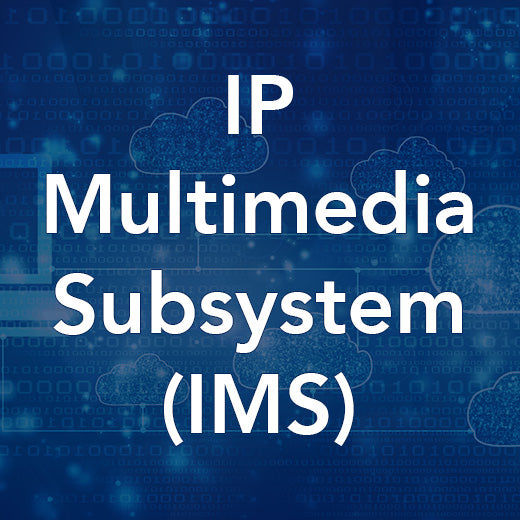
IP Multimedia Subsystem (IMS)
This course provides an understanding of the IP Multimedia Subsystem’s (IMS) role in Next Generation Networking. It provides a detailed description of the IMS architecture including security, charging and Policy and Charging Control (PCC). Additionally it identifies the main protocols associated with IMS including SIP, Diameter and SDP and analyzes their role in the IMS registration and session control procedures. It also provides a brief look at some of the applications enabled by the IMS. Our IP Multimedia Subsystem (IMS) training course is designed to provide a comprehensive understanding of the IMS architecture and its role in Next Generation Networking. Over the course of 2 days participants will delve into the intricacies of IMS, including security, charging, and Policy and Charging Control (PCC). This course also covers the main protocols associated with IMS, such as SIP, Diameter, and SDP, and analyzes their role in registration and session control procedures. Ideal for individuals seeking a thorough understanding of IMS architecture, interfaces, and procedures, this course is perfect for telecom professionals looking to enhance their knowledge and skills in this crucial area. Participants should have a basic understanding of SIP and packet-switched domains in LTE, GPRS, and UMTS networks to fully benefit from this training. Topics covered in this course include IMS framework, protocols for IMS, CSCFs and HSS roles, IMS access mechanisms, application service environment, security aspects, charging, and much more. By the end of the training, participants will have a solid grasp of IMS and its applications in the telecom industry. Who would benefit Those requiring a full understanding of the architecture, interfaces and procedures of the IMS. Prerequisites An understanding of SIP and the packet-switched domains in LTE, GPRS and UMTS networks and their functionality is an advantage. Topic Areas Include What is the IMS and why do we need it? Introduction to the IMS Framework Protocols for IMS IMS architecture, interfaces, operation and procedures Roles of the CSCFs and HSS including AAA procedures IMS access mechanisms and IP address allocation and P-CSCF discovery User subscription profiles, User Identities and Initial Filter Criteria Implicit Registration Sets Application Service (AS) environment Interaction between the CSCFs and the AS environment Circuit Switched interworking The Media Resource Function (MRF) Border Control Functions and gateways IMS Security aspects Online and Offline Charging Policy Control and Charging Analysis of SIP Registration, Originating and Terminating Session Control includes some example Wireshark analysis Emergency call handling IMS Applications
POA: Private Course
-
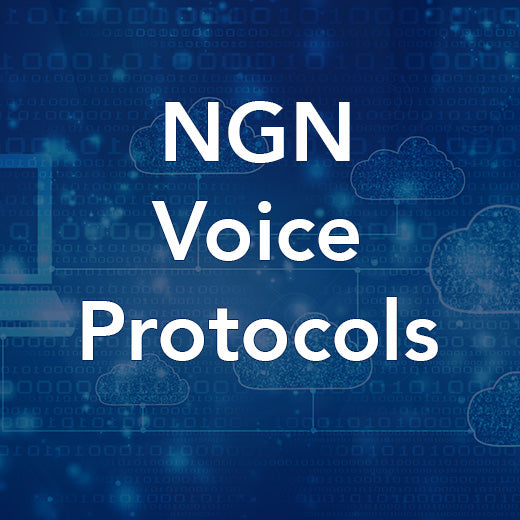
NGN Voice Protocols
Course Code: TY1202 Course Summary This course is intended for experienced telecoms engineers that wish to understand the workings of the protocols that are commonly used within Next Generation Networks (NGNs). The course takes a detailed look at real time signalling and transport protocols; it also looks at the protocols used to support legacy devices in the access and core network signalling such as POTS, ISDN and SS7. The course also looks in detail at the protocols supporting the new gateway devices. The course is backed up by an extensive set of exercises and the use of Wireshark. Who would benefit Those requiring a comprehensive understanding of the protocols used in an NGN for the support of voice services. Prerequisites A good understanding of legacy telecommunications networks, plus an understanding of IP networks and signal flows used in support of voice-related services. Topic Areas Include IP convergence Telecoms convergence and NGNs Telecoms (IP) scenarios Real time protocols SIP, RTP and RTCP H.323 call scenario The 3GPP IP Multimedia Subsystem The IMS registration process The IMS call signalling Softswitching architecture and protocols SIGTRAN in the access in support of POTS and ISDN SIGTRAN in the core in support of SS7 H.248 Megaco SIP-I Includes practical signalling exercises.
POA: Private Course
-
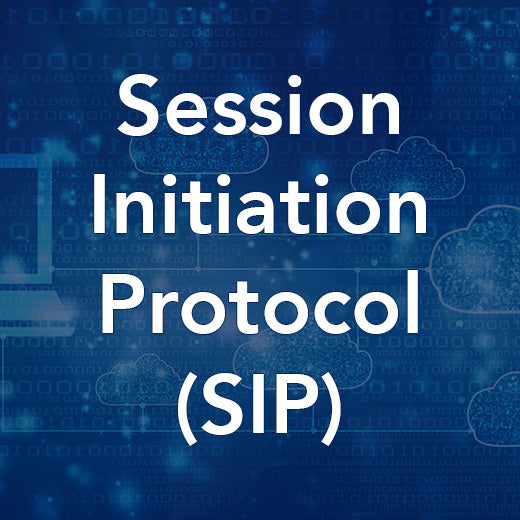
Session Initiation Protocol (SIP)
Our Session Initiation Protocol (SIP) training course offers a comprehensive understanding of SIP, Session Description Protocol (SDP), and Real-time Transport Protocol (RTP) and their crucial roles in establishing multimedia communications over IP-based networks. This 1-day course delves into SIP architectures, various SIP server types, and the intricate functions of SIP, SDP, and RTP in multimedia communication setups. Ideal for individuals seeking an in-depth comprehension of SIP and related protocols, this course covers essential topics such as SIP requests and responses, SIP user agents, dialogues, transactions, SIP architecture, operation procedures, SIP URIs, Tel URIs, and more. Participants will also explore SIP registration and session control, SIP and SDP messages, header fields, routing techniques, SIP server roles (Proxy, Redirect, B2BUA, Forking), SDP offer/answer model, interworking with the PSTN, and practical case studies using Wireshark analysis. Enhance your knowledge of SIP and related protocols with our expert-led training sessions, designed to equip you with the skills and insights needed to navigate the complexities of multimedia communications over IP networks. Join us for this intensive course and gain a competitive edge in the ever-evolving world of telecommunications. Who would benefit Those requiring a detailed understanding of the operation of the SIP and related protocols. Prerequisites A basic understanding of IP, UDP and TCP is an advantage. Topic Areas Include The role of SIP, SDP and RTP in multimedia communications Locating users in a SIP environment SIP requests and responses SIP user agents, dialogues and transactions SIP architecture, operation and procedures SIP URIs and Tel URIs Analysis of SIP registration and session control Analysis of SIP and SDP messages and header fields Request and response routing techniques Route and record route headers The roles and functions of SIP Servers: Proxy, Redirect, B2BUA and Forking SDP offer/answer model SIP-I and interworking with the PSTN Registration and session establishment Case studies using Wireshark analysis
POA: Private Course
-
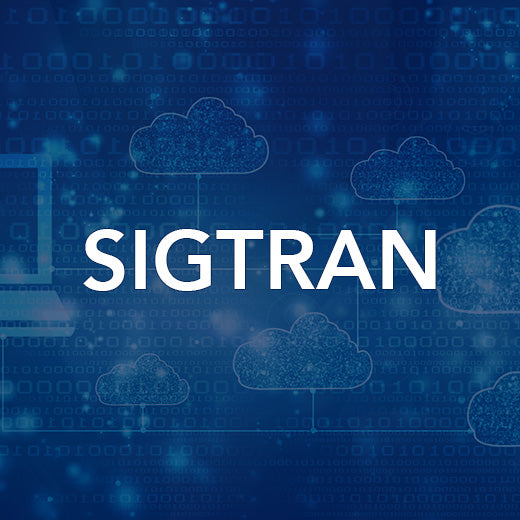
SIGTRAN
The drive towards all-IP networking necessitates the transport of SS7 protocols over an IP domain. This course provides a thorough explanation of how this is achieved using the SIGTRAN ‘toolkit’. Our SIGTRAN training course is designed to provide a comprehensive understanding of how SS7 protocols are transported over IP networks using the SIGTRAN toolkit. As the industry moves towards all-IP networking, this course is essential for individuals who need to grasp the concept of SS7 and the available solutions for transporting SS7 signalling over IP-based networks. Participants will benefit from learning about various topic areas including the importance of SIGTRAN, potential SS7 and IP interworking scenarios, SIGTRAN protocols, SCTP architecture and operation, MTP2 Peer-to-Peer Adaptation (M2PA) layer, MTP3 User Adaptation (M3UA) layer, and more. With a focus on practical applications, attendees will also gain hands-on experience in analyzing SIGTRAN operation using Wireshark. Whether you are a telecommunications professional looking to enhance your skills or a network engineer seeking to understand the complexities of SS7 signalling over IP networks, our SIGTRAN training course is the ideal choice for you. Who would benefit Those requiring an understanding of the need for SS7 and the solutions available for transporting SS7 signalling over IP-based networks. Prerequisites Familiarity with the PSTN architecture and SS7 signalling protocols, particularly MTP and SCCP, together with some knowledge of the TCP/IP protocol suite. Topic Areas Include Why SIGTRAN? Potential SS7 and IP interworking scenarios SIGTRAN protocols SIGTRAN in circuit-related and non-circuit-related signalling scenarios Stream Control Transmission Protocol (SCTP) SCTP architecture, operation, procedures and terminology MTP2 Peer-to-Peer Adaptation (M2PA) layer MTP3 User Adaptation (M3UA) layer MTP2 User Adaptation (M2UA) layer SCCP User Adaptation (SUA) layer Adaptation layer architecture, operations, procedures and resilience models Analysis of SIGTRAN operation using Wireshark
POA: Private Course
-
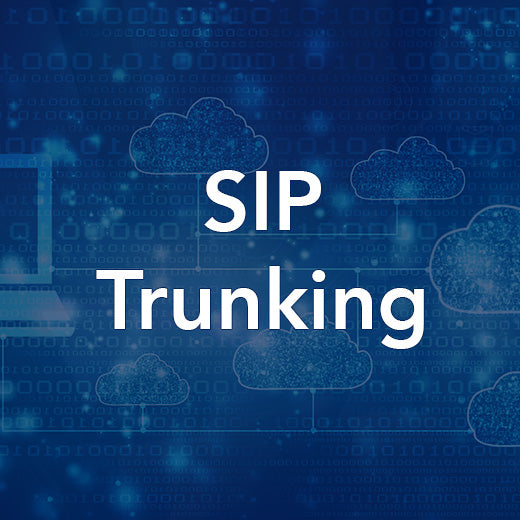
SIP Trunking
This half-day course uses real business cases throughout to discuss the lead up to the employment of SIP Trunking. It includes an overview of carrier scenarios in consideration of all IP infrastructures; a brief look at the standards and a detailed discussion of design considerations, including authentication; transcoding; session management; SIP interworking; pitfalls and security considerations. SIP Trunking is becoming increasingly popular in the telecommunications industry, and understanding its importance and implementation is crucial for engineers and professionals in the field. Wray Castle's half-day training course, with 1 live online session, delves into the intricacies of SIP Trunking through real business cases. From discussing carrier scenarios to exploring technical standards and design considerations, this course provides a comprehensive overview of SIP Trunking. Engineers looking to enhance their knowledge of SIP Trunking and its market forces will benefit greatly from this course. With a focus on SIP Connect standards and design options from a carrier/telco perspective, attendees will gain valuable insights into the drivers behind the growing use of SIP Trunking. While there are no specific prerequisites for this course, a basic understanding of SIP and a keen interest in telecommunications technology are recommended for optimal learning outcomes. Don't miss this opportunity to expand your expertise in SIP Trunking with Wray Castle's specialized training course. Who would benefit This course is for engineers who wish to understand the market forces behind the growing use of SIP Trunking, explained through real-life examples. Attendees should also have an interest in the standard governing SIP Trunking – SIP Connect, as well as the design options available from a carrier/telco’s perspective. Prerequisites Although there are no specific prerequisites for this course, delegates should have a basic understanding of SIP and a keen interest in understanding the drivers behind SIP Trunking. Topic Areas Include Why SIP trunking? Customer scenarios Carrier scenarios Technical Standards Design options
POA: Private Course
-
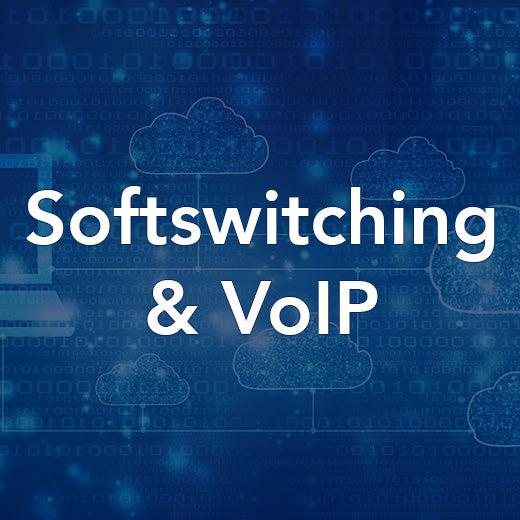
Softswitching and VoIP
Course Code: IP2001 Course Summary Covering Voice over IP (VoIP) services in fixed and mobile, Next Generation Networks (NGNs) and all IP-based networks, the course also includes VoIP concepts, supporting architectures, interworking with circuit-switched networks together with QoS issues. Who would benefit Those requiring an overview of how voice may be integrated into IP networks. Prerequisites Familiarity with IP and intranet operation is beneficial. This can be obtained from attendance on the TCP/IP (QS2501) course. Topic Areas Include Supporting VoIP in fixed and mobile NGNs Protocols for VoIP Voice quality, quality measurements and quality reports Session Initiation Protocol (SIP) Session Description Protocol (SDP) SIP Peer-to-Peer operation SIP architecture User Agent clients and servers Registrar, Proxy and Redirect Servers Back-to-Back User Agents SIP Requests, Responses and Header analysis Demonstrations with analysis of Registration/Authentication and VoIP session-handling procedures ENUM, NAT, STUN and TURN H.248/Megaco Includes practical demonstrations.
POA: Private Course



















